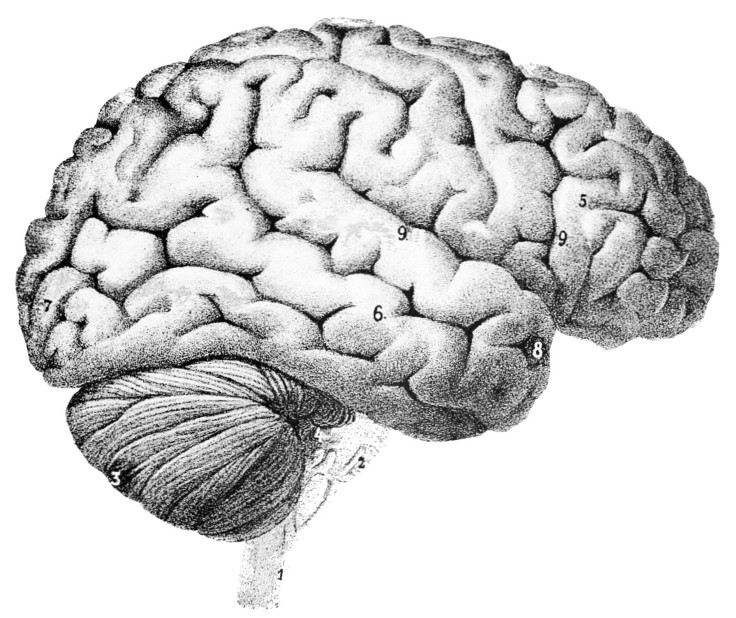Why Do Some People Tolerate Pain Better Than Others? New Study Links Pain Sensitivity With Grey Matter In Brain

The next time someone calls you a wimp, tell them it’s your brain’s fault. There’s a reason some people are more sensitive to physical pain than others, and the reason involves differences in the structure of the brain itself.
According to new research from the Wake Forest Baptist Medical Center in Winston-Salem, N.C., variances in pain sensitivity are related to the amount of grey matter – a major component of the central nervous system that contains most of the brain’s neuronal cell bodies – in a person’s brain.
The study, published in the journal Pain, measured pain tolerance in 116 “healthy volunteers” by subjecting them to a minor pain stimulus. Researchers asked volunteers to rate the intensity of pain they experienced when a patch of skin on a subject’s arm or leg was heated to 120 degrees Fahrenheit, a temperature most people find painful, while scientists took MRI scans of their brains.
“Subjects with higher pain intensity ratings had less grey matter in brain regions that contribute to internal thoughts and control of attention,” Nichole Emerson, a graduate student in the Coghill lab and first author of the study, said in a statement.
The brain regions researchers noted as having less grey matter were the posterior cingulate cortex, precuneus and areas of the posterior parietal cortex. The posterior cingulate cortex and precuneus are related to the region of the brain associated with the free-flowing thoughts people have while daydreaming. Researchers say, based on their findings, brain structure could prove useful in determining a person’s sensitivity to pain.
“These kinds of structural differences can provide a foundation for the development of better tools for the diagnosis, classification, treatment and even prevention of pain,” Robert Coghill, professor of neurobiology and anatomy at Wake Forest Baptist and senior author of the study, said in a statement.
Coghill’s previous work with the human brain and its relation to pain sensitivity has provided clues about why different people feel different levels of pain. A 2003 study Coghill was involved in suggested people who report higher levels of pain showed increased activity in areas of the brain related to pain. These regions included the primary somatosensory cortex, which helps the brain determine where a painful stimulus is coming from on the body, and the anterior cingulate cortex, which assists the brain in processing the unpleasant feelings brought on by pain.
"One of the most difficult aspects of treating pain has been having confidence in the accuracy of patients' self-reports of pain," said Coghill. "These findings confirm that self-reports of pain intensity are highly correlated to brain activation and that self-reports should guide treatment of pain.”
The 2003 study, however, was done with only a small sample of just 17 people. Also, researchers noted that individual differences in pain sensitivity are at least partly due to a combination of other cognitive factors, such as a person’s emotional state at the time pain is experience, past experiences with pain and expectations about pain.
“Consequently, the development of a more reliable, detailed, and descriptive scale would seem to be in order,” io9 noted in a 2012 article on why we experience physical pain. “But given the highly complex and subjective nature of pain, this may never happen.”
© Copyright IBTimes 2024. All rights reserved.












